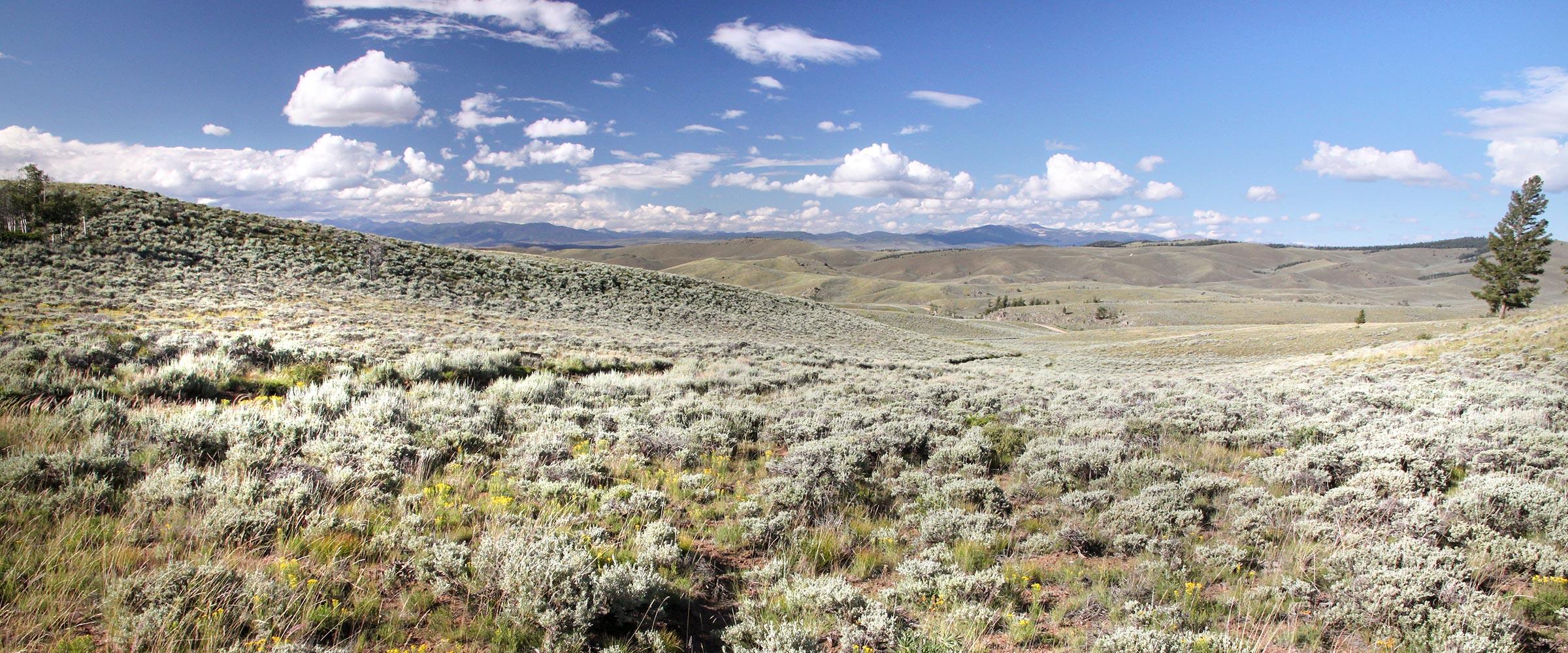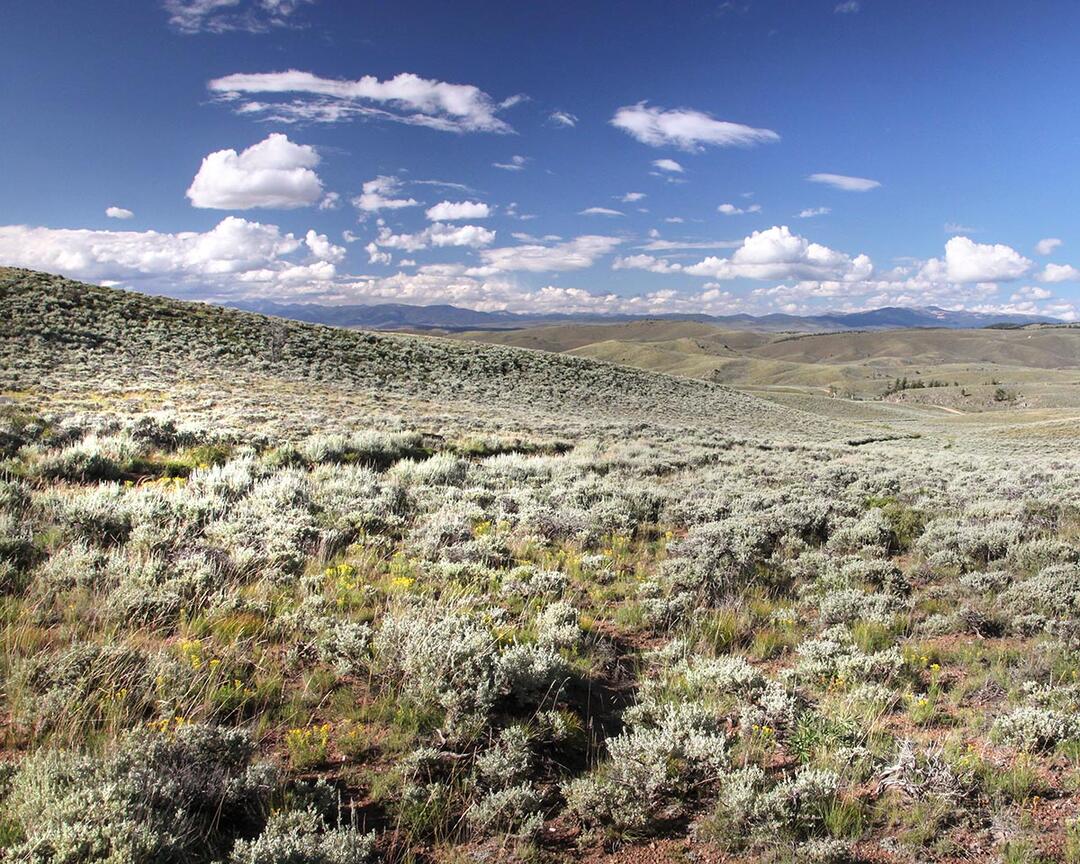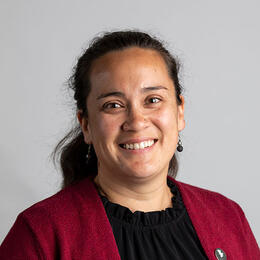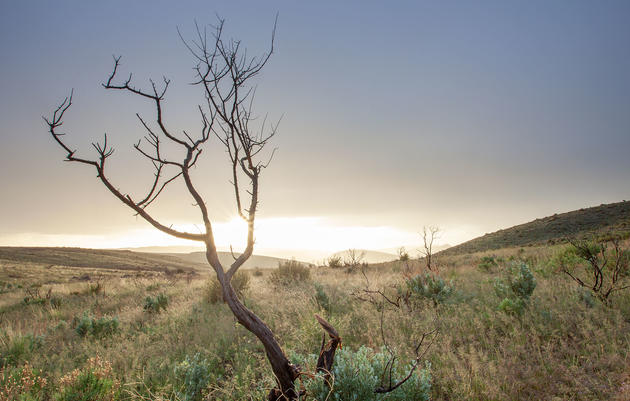The sagebrush ecosystem has been getting a lot of attention in recent years, as the health and future of this iconic western landscape is coming under greater scrutiny. So, to no one’s surprise, the federal government has turned its attention to a cousin of the Greater Sage-Grouse: the Gunnison Sage-Grouse, a species whose survival is also deeply connected to the sagebrush ecosystem.
What Just Happened
In July 2022, the federal government—led by the Bureau of Land Management (BLM)—initiated a review of its land use plans to form management actions that would limit impacts to Gunnison Sage-Grouse populations and habitat, ultimately helping to promote the bird’s recovery. This is important because 42 percent of the habitat occupied by these birds are BLM-managed lands. Thus, this federal agency plays a big role in determining the species’ future.
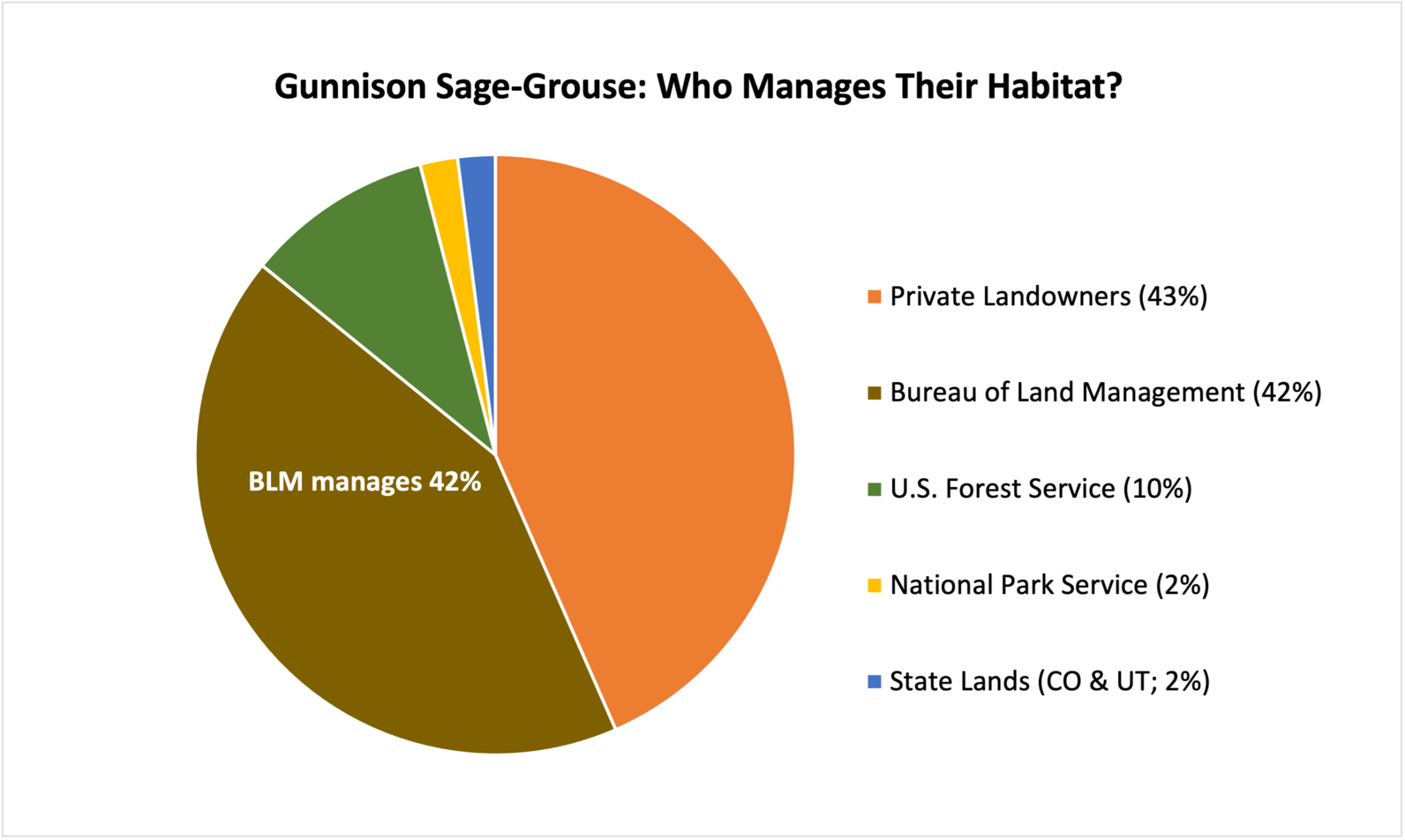
These plans—called resource management plans (RMPs)—which are in place for several decades, establish types of uses or actions that are allowed and not allowed in various places on public land. BLM staff will evaluate 11 existing RMPs (25.5 million acres) that intersect with Gunnison Sage-Grouse habitat and address a wide range of management actions, including mineral leasing and development, recreation, livestock grazing management, realty actions, fire management, and habitat restoration.
This review is expected to wrap up mid-2024, with public engagement opportunities sprinkled throughout. Audubon worked with partners, including Audubon chapters, to submit extensive initial scoping comments to the BLM in late August 2022. These comments identified what our organizations believed the BLM should focus on in their review process, providing habitat management recommendations to help realize a future for this declining bird.
Why the Federal Government Cares
The Gunnison Sage-Grouse was once found in southwestern Colorado, northern New Mexico, southeastern Utah, and possibly northeastern Arizona in areas where there were large tracts of sagebrush habitat. Since the 1900s, the available habitat for the Gunnison Sage-Grouse has shrunk by approximately 90 percent, primarily due to the conversion of its sagebrush habitats for agricultural, residential, and commercial purposes. In 2006, National Audubon Society listed Gunnison Sage-Grouse as one of the top 10 most endangered birds in America and Important Bird Areas were designated in Utah and Colorado specifically for them.
Today they are found in eight small, isolated populations in southern Colorado and southern Utah. Seven of these populations are in Colorado, which has a vast majority of the birds. In fact, 85 percent are found in a single population: the Gunnison Basin.
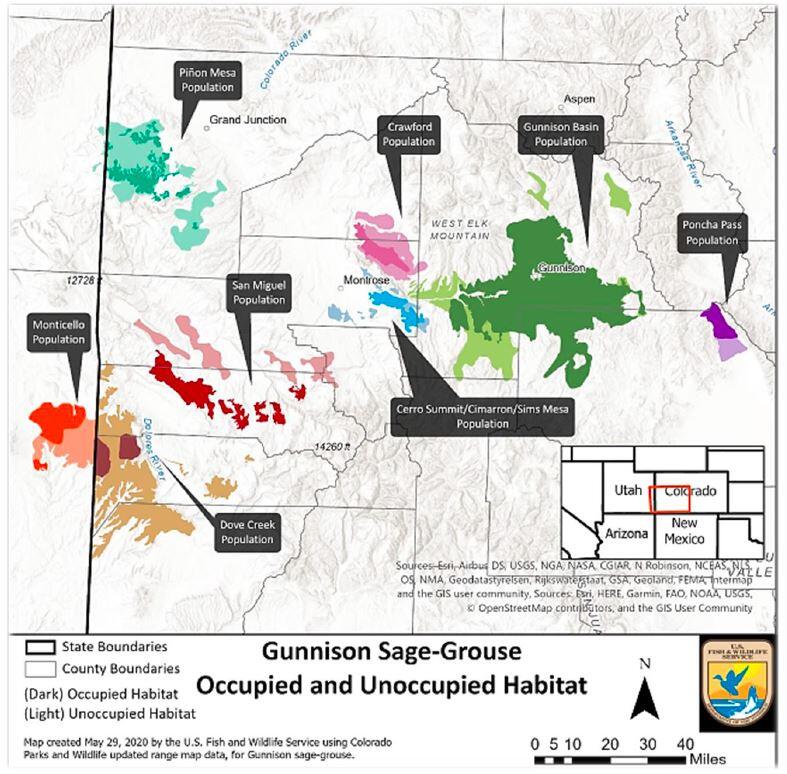
In 2014, after reviewing the latest science and conservation efforts, the U.S. Fish & Wildlife Service (USFWS) announced that Gunnison Sage-Grouse were to be listed as “threatened” under the Endangered Species Act. The threatened listing differs from an endangered listing in that it provides more flexibility to states and allows the USFWS to issue special rules that either reduce or expand Endangered Species Act protections for a listed species. The USFWS identified the most substantial threats to Gunnison Sage-Grouse as habitat decline due to human disturbance, small population size and structure, drought, invasive plants, improper grazing practices, climate change, and disease.
Following this listing decision, the USFWS designated critical habitat within each subpopulation. It also developed a series of documents to guide the species’ recovery, such as the Species Status Assessment (2019) and Recovery Plan (2020), and worked with communities to develop a Recovery Implementation Strategy (2020).
Since then, the situation for the bird and the sagebrush habitat upon which it is completely dependent have not improved. According to population data provided by Colorado Parks and Wildlife, the current population is estimated at approximately 4,300 birds and experiencing a long-term downward trend.
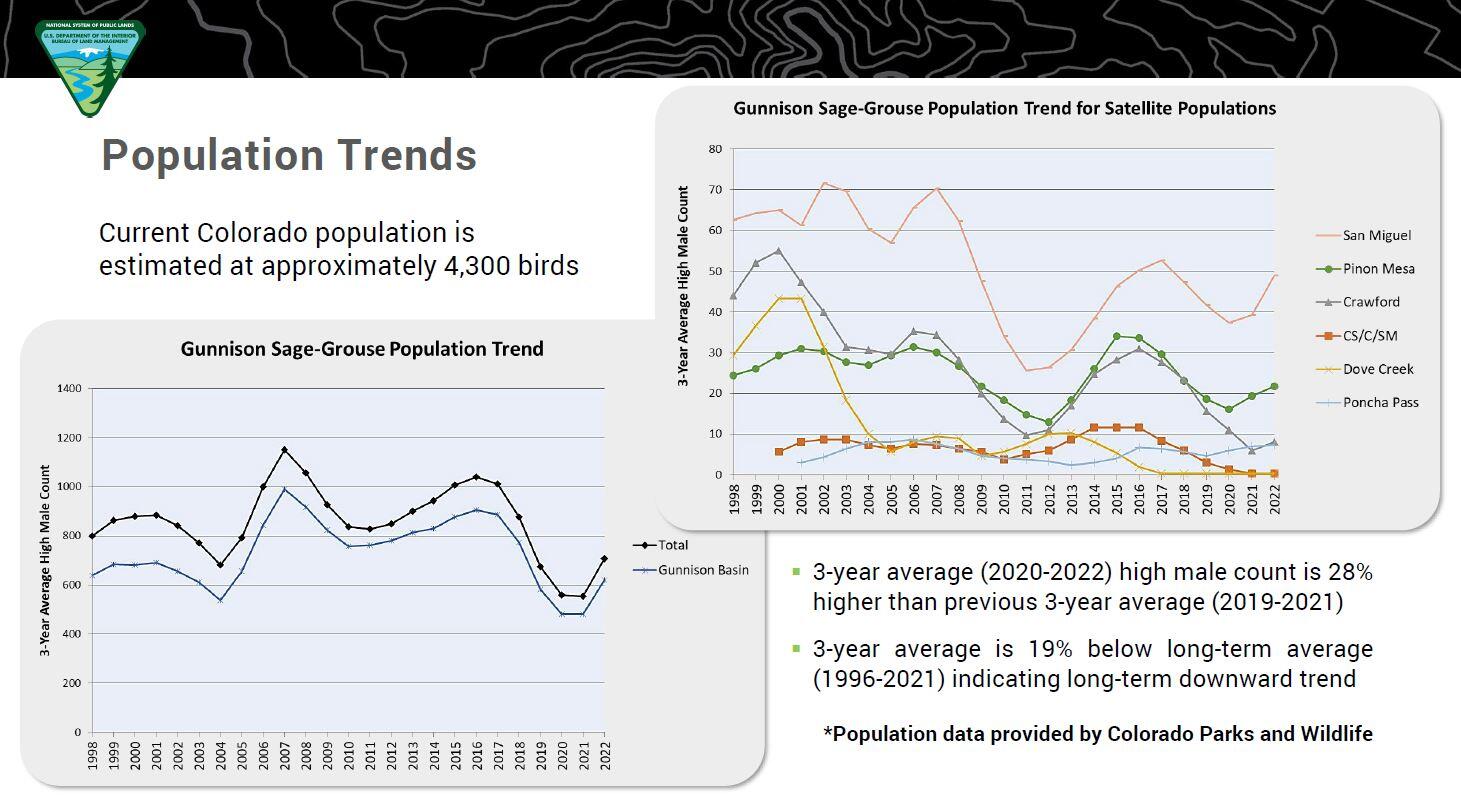
When biologists counted the number of males on breeding grounds during the spring of 2021—which is a reflection of how the populations are doing—four of the populations had male counts of seven or fewer. Two sites had fewer than 50 males. The Gunnison Basin population had 629, the most counted during that season.
According to Clait Braun, a respected Gunnison Sage-Grouse researcher and former avian research program manager with Colorado Parks and Wildlife, “You have to have 5,000 different individuals to have a viable population…That would translate to about 1,800 total birds, male and female. That’s rangewide, all populations combined,” Braun said. “They haven’t had 5,000 for a number of years.”
Land conversion, development, roads, recreation, and invasive annual grasses like cheatgrass have reduced the quality of remaining habitat and further isolated the birds from one another. Isolated populations of birds decreases genetic diversity and increases negative effects of inbreeding. Additionally, small populations are less likely to recover from major disturbances, such as drought or fire.
Washington’s Wildfires: Harbinger for Gunnison Sage-Grouse?
Gunnison Sage-Grouse are an important part of the ecosystem, reflecting the overall health of sagebrush country in these two states. By protecting Gunnison Sage-Grouse habitat, a broader suite of wildlife also benefit, including but not limited to mule deer, elk, and songbirds. In addition, taking actions to realize a healthy sagebrush ecosystem will increase its resiliency as we collectively face increasing challenges brought by climate change, which are straining on-the-ground conditions. As the backbone of the West, a more resilient sagebrush country –—which is better able to deal with unpredictable or catastrophic events like wildfires or disease outbreaks—will also help local economies and communities.
Recent wildfires in the state of Washington serve as a stark harbinger of what could happen in southwestern Colorado and southeastern Utah unless actions are taken to strengthen the quality of sagebrush habitat. Similar to the situation faced by these two states with Gunnison Sage-Grouse, the population of Greater Sage-Grouse in Washington is low (fewer than 800 birds in spring 2020) and impacted by habitat loss, fragmentation, and degradation. Over Labor Day weekend in 2020, wildfires burned more than 800,000 acres of sagebrush country, 500,000 of which were lost in less than 48 hours. Cheatgrass was a strong contributor of these fires and is also a problem in Gunnison Sage-Grouse habitat. Following these fires, Washington state subsequently listed the bird as endangered and continues to struggle with habitat loss on private and public lands.
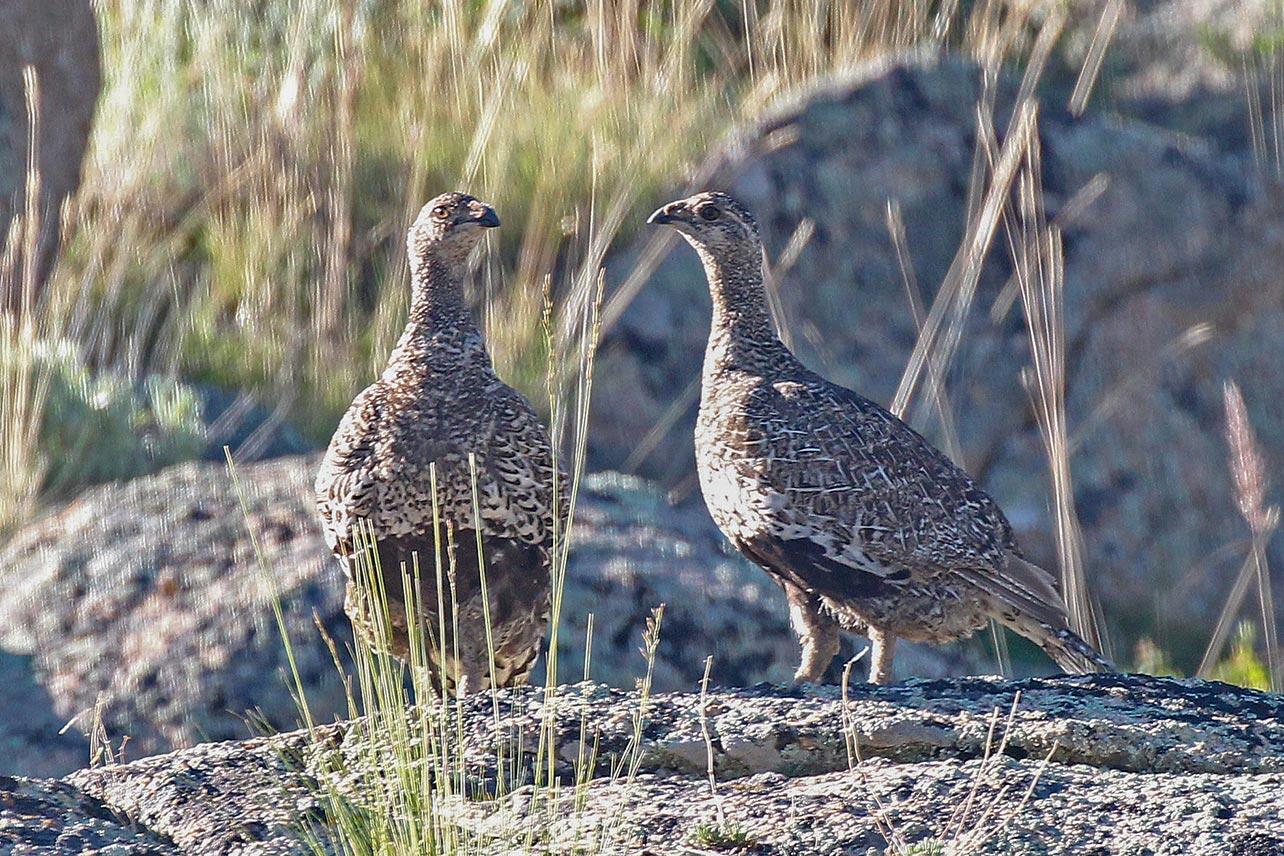
While we acknowledge the efforts to date to conserve this species by a wide range of parties, Audubon is extremely concerned about their continued decline and what this indicates about the health of these lands. Given the federal protective status awarded to Gunnison Sage-Grouse in 2014, their continued population declines, significant reduction in the amount and quality of their habitat, low migration between populations, low genetic diversity, and the overall vulnerability of the eight small and isolated populations, Audubon sincerely hopes that this land use planning effort will culminate in robust, science-based management decisions and actions that will turn the tide for this imperiled bird.
To learn more about the history, science, and current conservation actions associated with Gunnison Sage-Grouse, check out this StoryMap by Western Colorado University.

